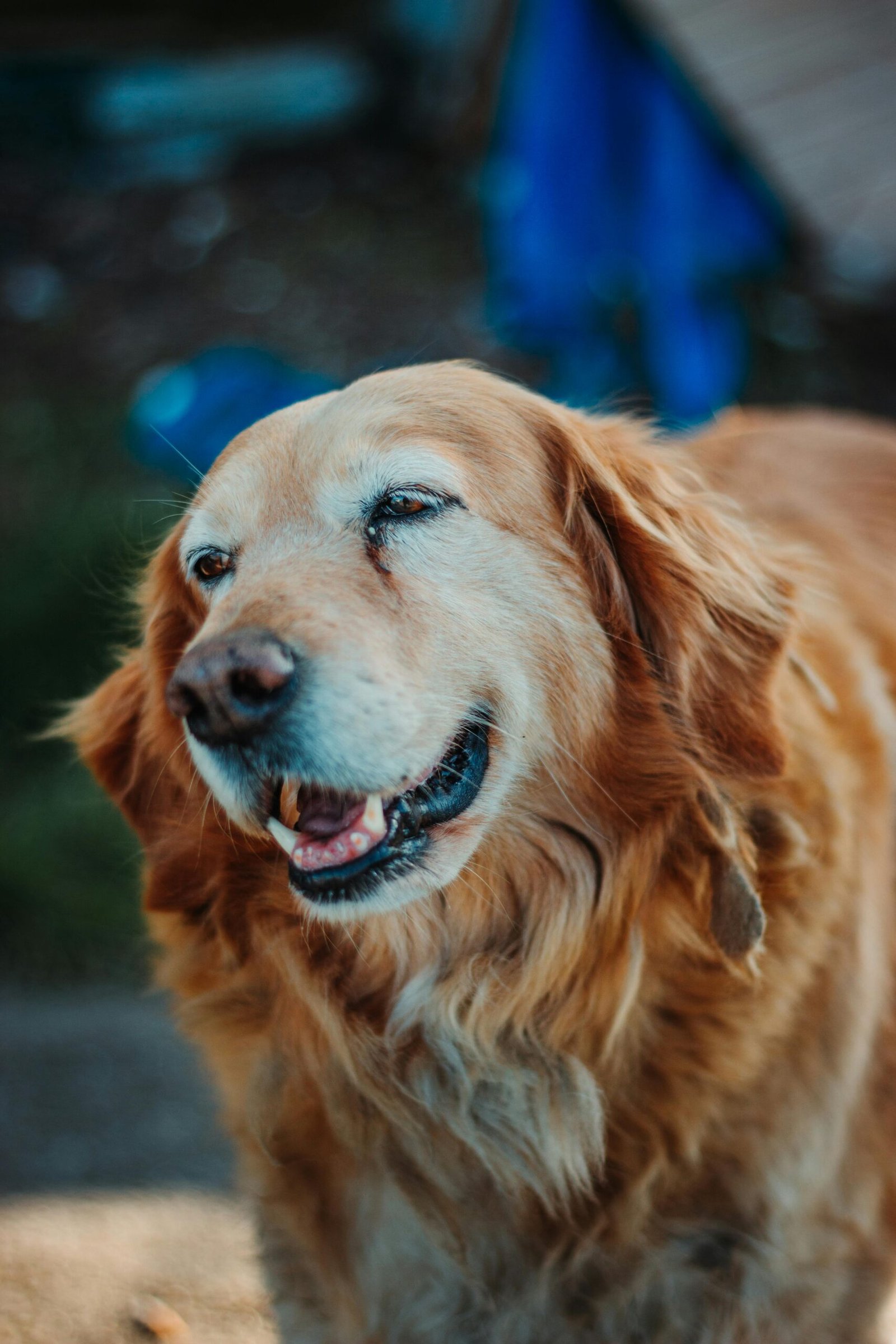
Understanding Separation Anxiety in Dogs
In this article, you will gain a deeper understanding of separation anxiety in dogs and the role crate use can play in managing this common issue. Separation anxiety is a distressing condition that can cause dogs to exhibit behaviors such as excessive chewing, scratching, barking, and even destructive tendencies when left alone. By exploring the connection between separation anxiety and the use of crates, you will learn effective strategies to help your furry friend cope with being apart from you, ensuring a happier and healthier relationship for both of you.
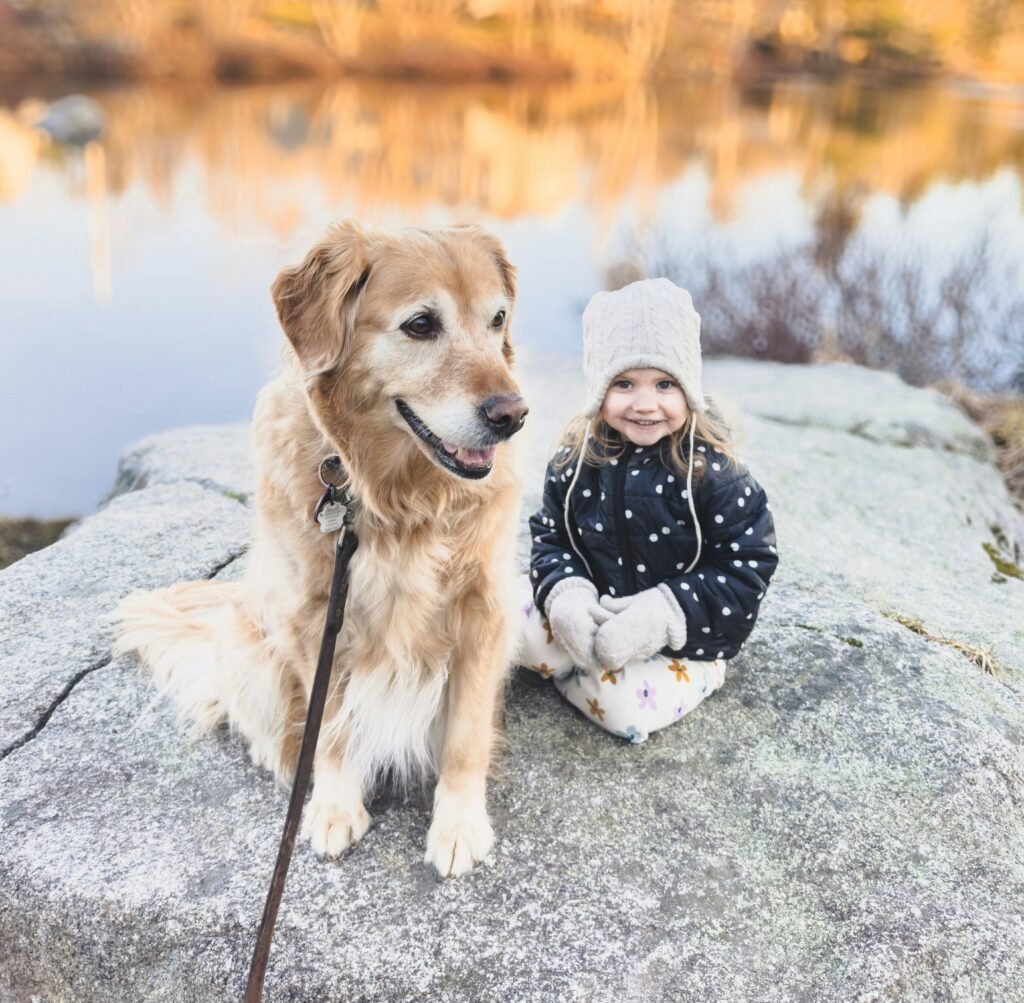
This image is property of images.pexels.com.
Find products like these on Amazon!
Understanding Separation Anxiety in Dogs
Separation anxiety is a common behavioral disorder that can affect dogs of all breeds and ages. It occurs when a dog experiences distress or anxiety when separated from their owner or left alone. Dogs are highly social animals and rely on their human companions for comfort and security, so it is natural for them to feel anxious when they are separated from their loved ones. It is important for dog owners to understand separation anxiety and its causes in order to provide the necessary support and assistance to their furry friends.
What is separation anxiety?
Separation anxiety is a condition in which dogs exhibit excessive anxiety, fear, and distress when they are separated from their owners or left alone. It is not uncommon for dogs to exhibit mild signs of distress when their owners leave the house, but separation anxiety goes beyond that. Dogs with separation anxiety may engage in destructive behavior, such as chewing furniture or household items, excessive barking or howling, inappropriate elimination, pacing, and attempts to escape. These behaviors are often an expression of the dog’s anxiety, as they are trying to cope with the stress of being alone.
Causes of separation anxiety
The exact cause of separation anxiety in dogs remains unknown, but there are several factors that are believed to contribute to its development. One of the primary causes is a lack of socialization and training during the early stages of a dog’s life. Dogs that have not been exposed to different environments, people, and experiences may develop a heightened sensitivity to being alone. Other factors that can contribute to separation anxiety include changes in the dog’s routine or living situation, traumatic experiences, or a sudden loss or absence of a family member or companion.
Signs and symptoms of separation anxiety in dogs
Dogs with separation anxiety may exhibit a variety of signs and symptoms that can vary in severity. Some common signs include excessive drooling, panting, pacing, trembling, restlessness, and attempts to escape. They may also engage in destructive behaviors, such as chewing on furniture or household items, scratching doors or walls, or digging. In some cases, dogs may exhibit signs of distress even before their owners leave the house, such as following them closely and showing signs of restlessness or agitation. It is important to note that these behaviors are not indicative of a dog’s intention to misbehave or seek revenge, but rather a result of their anxiety and distress.
Impacts of separation anxiety on dogs
Separation anxiety can have a significant impact on a dog’s overall well-being. Dogs with separation anxiety often experience high levels of stress and fear when left alone, which can lead to physical and emotional health issues. The constant anxiety and distress can affect their appetite, sleep patterns, and ability to relax. It can also cause them to engage in destructive behaviors, which can result in injury or damage to their surroundings. Additionally, the chronic stress associated with separation anxiety can weaken their immune system and make them more susceptible to illnesses. It is therefore crucial for dog owners to address and manage separation anxiety in order to improve the quality of life for their furry friends.
Diagnosing Separation Anxiety
Observing behavior patterns and changes
Diagnosing separation anxiety in dogs requires careful observation of their behavior patterns and any changes that occur when they are left alone. Dog owners should pay close attention to any signs of distress or anxiety that their dogs may exhibit when they are separated from their owners. These signs can include excessive vocalization, destructive behavior, and attempts to escape. It is important to note that some of these behaviors can also be indicative of other issues, such as boredom or lack of exercise, so it is crucial to look for patterns and observe their behavior over time.
Ruling out other possible causes
Before confirming a diagnosis of separation anxiety, it is essential to rule out other possible causes for the dog’s behavior. Some dogs may exhibit similar signs of distress when they are left alone due to other factors, such as a medical condition or fear of specific noises or objects. Consulting with a veterinarian can help rule out any underlying medical conditions that may be contributing to the dog’s anxiety. Additionally, conducting a thorough assessment of the dog’s environment and daily routine can help identify any potential triggers or stressors that may be causing the distress.
Consulting a veterinarian or animal behaviorist
If a dog owner suspects that their furry friend is suffering from separation anxiety, it is recommended to seek the advice and guidance of a veterinarian or animal behaviorist. These professionals have the expertise and knowledge to properly diagnose the condition and develop a comprehensive treatment plan. They can conduct a thorough assessment of the dog’s behavior, environment, and medical history, and recommend appropriate interventions to address the separation anxiety. With their guidance, dog owners can gain a better understanding of their dog’s needs and implement effective strategies to manage and alleviate their anxiety.
Find products like these on Amazon!
Preventing Separation Anxiety
Gradual acclimation to being alone
One of the most effective ways to prevent separation anxiety in dogs is to gradually acclimate them to being alone. By starting early and exposing puppies to short periods of alone time, they can learn to feel comfortable and secure in their own company. This can be achieved by leaving them alone for short durations and gradually increasing the length of time as they become more accustomed to being alone. Additionally, teaching puppies to engage in independent activities, such as playing with toys or exploring their environment, can help build their confidence and reduce their dependence on constant human presence.
Positive reinforcement training
Positive reinforcement training is a valuable tool in preventing and managing separation anxiety. By rewarding desired behaviors, such as calmness and independence, dog owners can reinforce positive associations with being alone. This can be done by giving treats, praises, or engaging in playtime when dogs exhibit relaxed and independent behaviors. It is important for dog owners to remain patient, consistent, and supportive during the training process, as this will help build trust and confidence in dogs and decrease their anxiety when left alone.
Creating a calm environment
Creating a calm and soothing environment is essential for preventing separation anxiety in dogs. Providing a safe and comfortable space for them to rest and relax can help alleviate their anxiety when they are alone. It is important to ensure that the environment is free from any potential stressors, such as loud noises or excessive stimuli. Creating a designated area for the dog, such as a cozy bed or crate, can also provide them with a sense of security and stability.
Maintaining a consistent routine
Dogs thrive on routine and predictability, so establishing a consistent daily routine can help prevent separation anxiety. This includes following a regular schedule for feeding, exercise, and playtime. A consistent routine provides dogs with a sense of structure and stability, which can help reduce their anxiety and promote a sense of security. It is important for dog owners to maintain this routine even when they are at home, as sudden changes or disruptions can cause stress and anxiety in dogs.
Providing mental and physical stimulation
Boredom and lack of stimulation can contribute to separation anxiety in dogs. Providing dogs with mental and physical enrichment activities can help keep them occupied and engaged, even when they are alone. This can include puzzle toys, interactive feeders, or hiding treats for them to find. Mental stimulation exercises, such as obedience training or scent work, can also help challenge their minds and keep them mentally active. Engaging in regular physical exercise, such as daily walks or play sessions, can also help alleviate their energy and anxiety.
Avoiding dramatic departures and arrivals
When leaving or returning to the house, it is important for dog owners to avoid making a big fuss or creating dramatic departures and arrivals. Dogs are highly attuned to their owners’ emotions and can pick up on their anxiety or stress. Instead, it is best to keep departures and arrivals low-key and uneventful. This can help reduce the dog’s anticipation and anxiety associated with these events. By practicing calm and relaxed greetings, dog owners can help create a more peaceful and stress-free departure and arrival experience for their furry friends.
Managing Separation Anxiety
Desensitization and counterconditioning
Desensitization and counterconditioning are effective techniques for managing separation anxiety in dogs. These techniques involve gradually exposing the dog to the triggers that cause their anxiety while pairing them with positive experiences. For example, starting with very short periods of alone time and gradually increasing the duration while providing treats, toys, or soothing music can help desensitize the dog to being alone. The goal is to change the dog’s emotional response to being alone from fear or anxiety to relaxation and enjoyment. These techniques should be implemented under the guidance of a professional trainer or behaviorist.
Using interactive toys and puzzles
Interactive toys and puzzles can be beneficial for dogs with separation anxiety. These toys provide mental stimulation and engagement, which can help distract the dog and alleviate their anxiety when left alone. There are a variety of interactive toys available on the market, such as treat-dispensing toys or puzzle games that require problem-solving skills. These toys can keep dogs occupied and entertained, making their alone time more enjoyable and less stressful.
Implementing crate training
Crate training can be an effective tool for managing separation anxiety in dogs. When used properly, crates can provide dogs with a safe and secure space that mimics the den-like environment they instinctively seek. Crate training should be introduced gradually and in a positive manner, with the dog associating the crate with positive experiences, such as treats, toys, or meals. It is important to never use the crate as a form of punishment, as this can worsen anxiety and create negative associations. Proper crate training requires patience, consistency, and positive reinforcement to ensure the dog feels comfortable and secure in their crate.
Considering medication options
In severe cases of separation anxiety, medication may be necessary to help manage the dog’s anxiety levels. Medications, such as anti-anxiety drugs or antidepressants, can help reduce the dog’s overall anxiety and improve their ability to cope with being alone. It is important to consult with a veterinarian or animal behaviorist before considering medication options, as they can assess the dog’s individual needs and recommend the appropriate medications and dosages. Medication should always be used in conjunction with behavior modification techniques and under the guidance of a professional.
Seeking professional help
If the dog’s separation anxiety persists or worsens despite efforts to manage it, it may be necessary to seek the assistance of a professional trainer or animal behaviorist. These professionals specialize in working with dogs with behavioral issues, including separation anxiety. They can conduct a thorough assessment of the dog’s behavior, environment, and triggers, and develop a personalized behavior modification plan. With their expertise and guidance, dog owners can gain a better understanding of their dog’s specific needs and implement effective strategies to manage their separation anxiety.
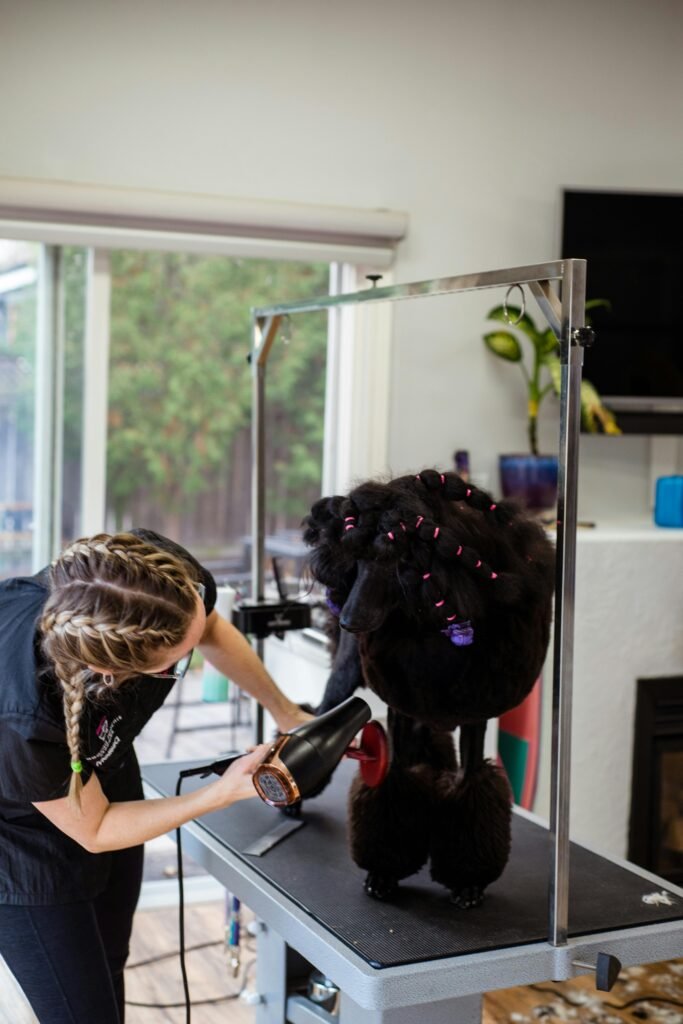
This image is property of images.pexels.com.
Crate Use for Separation Anxiety
Benefits of crate training for separation anxiety
Crate training can provide several benefits for dogs with separation anxiety. When properly utilized, crates can serve as a safe and secure space for dogs, helping to alleviate their anxiety when left alone. Crates provide a den-like environment that closely mimics the dog’s natural instincts and can help them feel more secure and relaxed. Additionally, crates can prevent the dog from engaging in destructive behaviors or causing harm to themselves when they are left alone. By creating a positive association with the crate through proper training, dogs with separation anxiety can learn to view it as a safe haven and a source of comfort.
Choosing the right crate
Choosing the right crate is essential for the successful use of crate training in managing separation anxiety. There are several factors to consider when selecting a crate, including size, material, and design. The crate should be large enough for the dog to stand up, turn around, and lie down comfortably. It should also be sturdy and well-constructed to ensure the dog’s safety and prevent them from escaping. It is recommended to choose a crate with an open design, such as a wire crate, as this allows for proper ventilation and visibility. Additionally, providing a comfortable bedding or mat can help enhance the dog’s comfort and relaxation in the crate.
Introducing the crate gradually
Introducing the crate gradually is crucial for the dog to develop a positive association with it. The crate should never be forced upon the dog or used as a form of punishment. Instead, it is important to introduce the crate in a gentle and positive manner. This can be done by placing it in an area of the house where the dog spends most of their time and gradually encouraging them to explore and enter the crate. Offering treats, toys, or meals in the crate can help create positive associations. It is important to allow the dog to enter and exit the crate voluntarily without any pressure or coercion.
Creating a positive association with the crate
Creating a positive association with the crate is essential for successful crate training. This can be achieved by providing pleasant and rewarding experiences whenever the dog is in the crate. Offering treats, toys, or meals in the crate can help create positive associations and make the crate a desirable place for the dog to be. Additionally, providing praise and rewards when the dog voluntarily enters or settles in the crate can further reinforce positive associations. It is important to avoid using the crate as a form of punishment or confinement, as this can create negative associations and worsen the dog’s anxiety.
Establishing a crate routine
Establishing a consistent crate routine can help dogs with separation anxiety feel more secure and comfortable in their crates. This includes using the crate during alone time or when the dog needs a quiet and calm space. By using the crate consistently and predictably, the dog can develop a sense of routine and structure, which can help reduce their anxiety. It is important to ensure that the crate is easily accessible and inviting for the dog, and that it is located in a quiet and peaceful area of the house. Additionally, it is crucial to gradually increase the duration of time that the dog spends in the crate, starting with short periods and gradually working up to longer durations.
Avoiding using the crate as punishment
It is crucial to avoid using the crate as a form of punishment or confinement, as this can worsen separation anxiety and create negative associations. The crate should always be a positive and safe space for the dog, where they can feel secure and relaxed. Placing a dog in the crate as a punishment can lead to increased anxiety and stress, as the dog will associate the crate with negative experiences. Instead, the crate should be used as a place of comfort and security, where the dog can retreat to when they need a quiet and calm space. Creating a positive association with the crate through positive reinforcement and rewards is key to successful crate training for separation anxiety.
Alternative Coping Mechanisms
Using anxiety vests or wraps
Anxiety vests or wraps, such as thundershirts, can provide comfort and relief for dogs with separation anxiety. These specially designed garments apply gentle pressure to the dog’s torso, which can have a calming effect on their nervous system. The pressure from the vest or wrap is believed to trigger the release of calming hormones, similar to the feeling of being swaddled. Anxiety vests or wraps can help reduce anxiety and promote relaxation in dogs, making their alone time more manageable. It is important to properly fit the vest or wrap and follow the manufacturer’s instructions for optimal results.
Providing calming music or pheromone therapy
Calming music or pheromone therapy can also be beneficial for dogs with separation anxiety. Calming music, such as classical or instrumental tunes, can have a soothing effect on dogs and help mask any outside noises that may trigger anxiety. There are specialized music playlists available that are specifically designed to calm and relax dogs. Pheromone therapy involves the use of synthetic pheromones that mimic the natural comforting scent that mother dogs release to calm their puppies. These synthetic pheromones can be diffused using plug-in diffusers or applied to collars or bedding, creating a calming environment for dogs.
Implementing environmental enrichment
Environmental enrichment is an important aspect of managing separation anxiety in dogs. Enrichment activities help stimulate the dog’s mind and provide them with mental and physical stimulation, which can help alleviate anxiety and promote relaxation. There are various methods of environmental enrichment, such as providing interactive toys, puzzle feeders, or engaging in scent work. These activities can help occupy and engage the dog’s senses, making their alone time more enjoyable and less stressful. It is important to rotate and vary the enrichment activities to keep the dog engaged and challenged.
Trying natural supplements or remedies
Some dog owners may opt to try natural supplements or remedies to help manage their dog’s separation anxiety. There are several natural remedies available that are believed to have calming effects on dogs, such as herbal supplements or essential oils. It is important to consult with a veterinarian or holistic practitioner before trying any natural remedies, as some substances may be toxic or have interactions with other medications. Natural supplements or remedies should always be used under professional guidance and in conjunction with behavior modification techniques.
Using distraction techniques
Distraction techniques can be beneficial in redirecting a dog’s attention and reducing their anxiety during alone time. Providing dogs with engaging and rewarding distractions, such as puzzle toys or long-lasting chew treats, can help keep them occupied and focused on something other than their anxiety. These distractions can help stimulate their minds and provide them with a sense of satisfaction, making their alone time more bearable. It is important to choose distractions that are safe and appropriate for the dog, avoiding any small or easily swallowed objects that may pose a choking hazard.

This image is property of images.pexels.com.
Working with a Professional
Benefits of seeking professional help
Seeking professional help for managing separation anxiety in dogs can provide several benefits. Professionals, such as certified trainers or animal behaviorists, have the knowledge and expertise to properly diagnose the condition and develop a personalized behavior modification plan. They can provide guidance and support throughout the training process, helping dog owners to understand their dog’s needs and implement effective strategies. Professional help can also ensure that the chosen interventions are safe and appropriate for the dog’s individual needs, minimizing the risk of exacerbating their anxiety or causing harm.
Finding an experienced animal behaviorist
When seeking professional help for separation anxiety, it is important to find an experienced animal behaviorist who specializes in working with dogs with behavioral issues. Animal behaviorists have advanced knowledge and training in understanding and modifying animal behavior, making them well-equipped to address separation anxiety. It is recommended to seek recommendations from local veterinarians, animal shelters, or trusted dog trainers to find a reputable and experienced behaviorist in the area. It is important to choose a behaviorist who uses positive reinforcement-based methods and has experience with separation anxiety specifically.
The role of behavior modification techniques
Behavior modification techniques play a vital role in managing separation anxiety in dogs. These techniques involve systematically and gradually changing the dog’s behavior and emotional response to being alone. Behavior modification techniques can include desensitization and counterconditioning, as well as implementing positive reinforcement training methods. These techniques help the dog develop positive associations with being alone and promote relaxation and independence. The role of behavior modification techniques is to teach the dog new, more adaptive ways of coping with their anxiety and empowering them to feel more confident when separated from their owners.
Creating a personalized behavior plan
A personalized behavior plan is essential for effectively managing separation anxiety in dogs. Each dog is unique and may require tailored interventions based on their individual needs and triggers. A professional behaviorist can conduct a thorough assessment of the dog’s behavior, environment, and triggers, and develop a behavior plan that addresses their specific needs. The behavior plan may include a combination of desensitization and counterconditioning exercises, positive reinforcement training, and environmental modifications. It is important for dog owners to follow the behavior plan consistently and make adjustments as necessary based on the dog’s progress.
Monitoring progress and making adjustments
Managing separation anxiety requires ongoing monitoring and evaluation of the dog’s progress. It is important for dog owners to keep track of any changes in the dog’s behavior and adjust the behavior plan accordingly. Regular communication with the behaviorist is essential for sharing updates, discussing challenges, and seeking guidance. Behavior modification is a gradual process, and it may take time for the dog to show significant improvement. Patience, consistency, and regular follow-up with the behaviorist are key to achieving long-term success in managing separation anxiety.
Addressing Separation Anxiety in Puppies
Early socialization and training
Prevention is key when addressing separation anxiety in puppies. Early socialization and training can help puppies develop resilience and independence, making them less prone to separation anxiety in the future. It is important to expose puppies to a variety of people, environments, and experiences from an early age. This can be done by enrolling them in puppy classes or arranging playdates with other dogs. Positive reinforcement training should also begin early, focusing on teaching puppies basic obedience commands and encouraging independent activities, such as playing with toys or exploring their surroundings.
Gradual alone-time exposure
Gradual exposure to alone time is crucial for puppies to learn to be independent and develop coping skills. Dog owners should start by leaving puppies alone for short periods, such as a few minutes, and gradually increase the duration over time. It is important to gradually build up the puppy’s tolerance for being alone and ensure that they have positive experiences during these periods. Providing toys, treats, or puzzle feeders can help keep puppies occupied and distracted, making their alone time more enjoyable and less stressful.
Providing comfort and security
Puppies are naturally dependent on their owners for comfort and security, so it is important to provide them with a sense of safety and reassurance. This can be achieved by creating a comfortable and cozy space for the puppy, such as a designated bed or crate. Providing a soft and familiar blanket or toy can also help provide them with a sense of comfort and security when left alone. Additionally, using pheromone therapy, such as synthetic pheromone diffusers or collars, can help create a calming environment for puppies.
Building independence
Building independence in puppies is essential for preventing separation anxiety. Gradually increasing the puppy’s independence by encouraging them to engage in independent activities, such as playing with toys or exploring their environment, can help build their confidence and reduce their dependence on constant human presence. It is important to strike a balance between spending quality time with the puppy and allowing them to have alone time to foster their independence.
Considering puppy classes or daycare
Enrolling puppies in puppy classes or arranging for daycare can provide them with valuable socialization opportunities and help prevent separation anxiety. Puppy classes allow puppies to interact with other dogs and people in a controlled environment, helping them develop social skills and confidence. Daycare provides puppies with the opportunity to engage in supervised play and socialization throughout the day. Both options can help prevent separation anxiety by exposing puppies to different environments, people, and experiences, and teaching them to be comfortable and independent in various situations.
Supporting Dogs with Mild Separation Anxiety
Implementing preventive measures
For dogs with mild separation anxiety, implementing preventive measures can help alleviate their anxiety and manage their condition. This can include gradually acclimating the dog to being alone, implementing positive reinforcement training, and creating a calm and comfortable environment for the dog. By establishing a routine and providing mental and physical stimulation, dog owners can help prevent mild separation anxiety from worsening and becoming more severe.
Offering distractions and comfort
Offering distractions and comfort to dogs with mild separation anxiety can help alleviate their anxiety when left alone. Providing engaging toys, puzzle feeders, or long-lasting chew treats can help keep them occupied and distracted. Additionally, providing a comfortable and familiar item, such as a blanket or toy, can help provide them with a sense of comfort and security. It is important to choose distractions and comfort items that are safe and appropriate for the dog, avoiding any small or easily swallowed objects.
Using anxiety-relieving products
Anxiety-relieving products, such as calming supplements or pheromone therapy, can provide relief for dogs with mild separation anxiety. Natural supplements, such as herbal remedies or aromatherapy blends, can help relax dogs and alleviate their anxiety. Pheromone therapy, using synthetic calming pheromones, can create a calming environment for dogs and help reduce their anxiety. It is important to consult with a veterinarian or holistic practitioner before using any anxiety-relieving products, as they can assess the dog’s individual needs and recommend appropriate options.
Ensuring regular exercise
Regular physical exercise is important for dogs with mild separation anxiety, as it helps release excess energy and promotes relaxation. Engaging in daily walks, play sessions, or other forms of physical activity can help tire the dog and reduce their overall anxiety levels. It is important to tailor the exercise routine to the dog’s individual needs and energy level, ensuring that they receive an appropriate amount of physical activity each day.
Utilizing technology for monitoring and interaction
Technology can be a valuable tool for supporting dogs with mild separation anxiety. There are various devices available that allow dog owners to monitor their pets when they are away from home. These devices can provide live video monitoring, two-way audio communication, and even treat dispensing capabilities. By being able to check in on their dogs and interact with them remotely, dog owners can provide a sense of comfort and reassurance. It is important to note that technology should not replace proper training and behavior modification techniques, but rather serve as a supportive tool.
Summary and Conclusion
Understanding and addressing separation anxiety in dogs is crucial for providing them with the necessary support and care. Separation anxiety can have a significant impact on a dog’s overall well-being, and it requires proactive measures to both prevent and manage it effectively. By gradually acclimating dogs to being alone, implementing positive reinforcement training, creating a calm environment, and providing mental and physical stimulation, dog owners can help prevent separation anxiety from developing or worsening. For dogs already experiencing separation anxiety, professional help, behavior modification techniques, and the use of crates, anxiety-relieving products, or alternative coping mechanisms can provide support and relief. By taking a proactive and compassionate approach, dog owners can provide a supportive and enriching environment for their furry friends, improving their quality of life and strengthening the bond between human and canine.
Find products like these on Amazon!
- Understanding Separation Anxiety in Dogs
- Diagnosing Separation Anxiety
- Preventing Separation Anxiety
- Managing Separation Anxiety
- Crate Use for Separation Anxiety
- Alternative Coping Mechanisms
- Working with a Professional
- Addressing Separation Anxiety in Puppies
- Supporting Dogs with Mild Separation Anxiety
- Summary and Conclusion

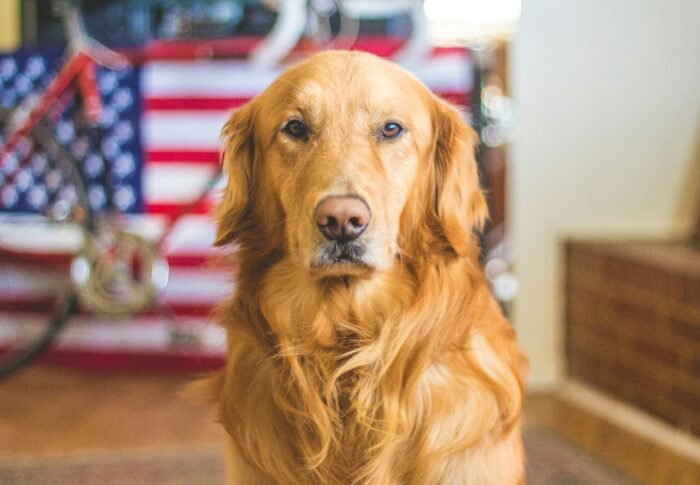
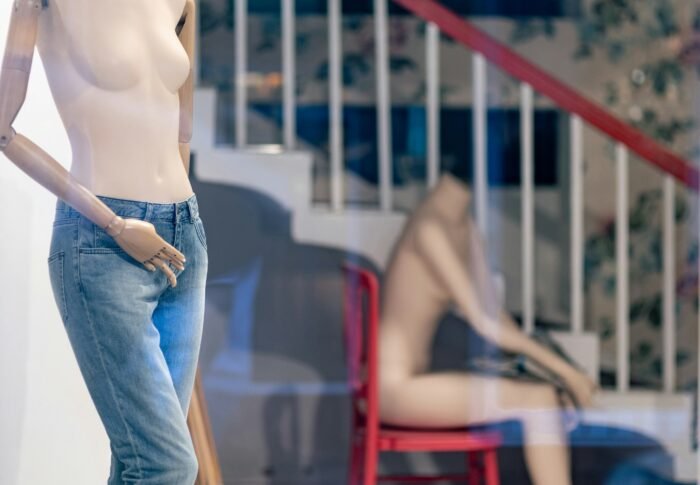
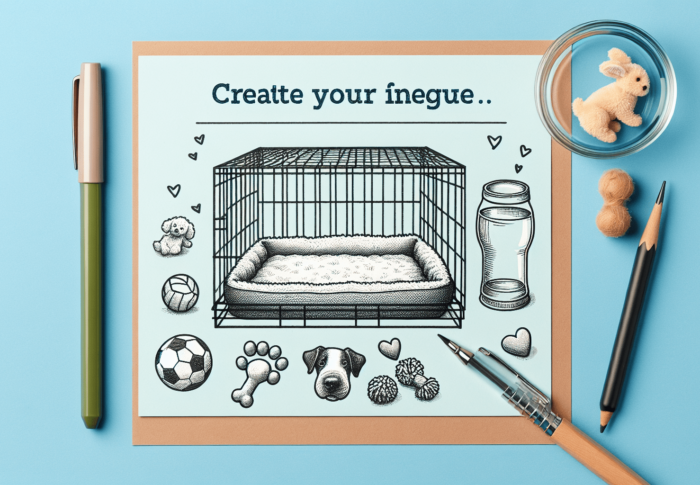



-
-
1 day
Tagged Dog care, Separation anxiety, tips and tricks